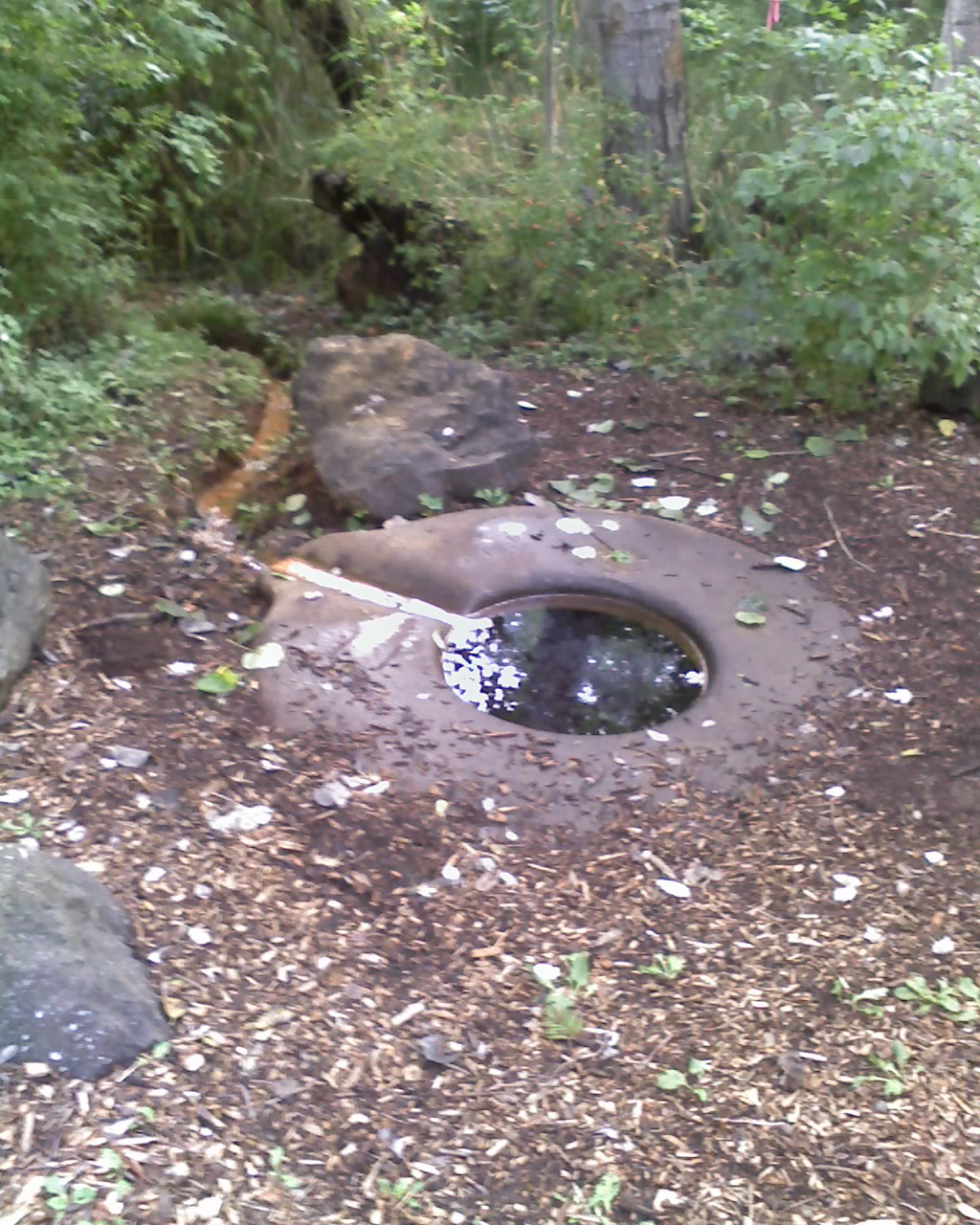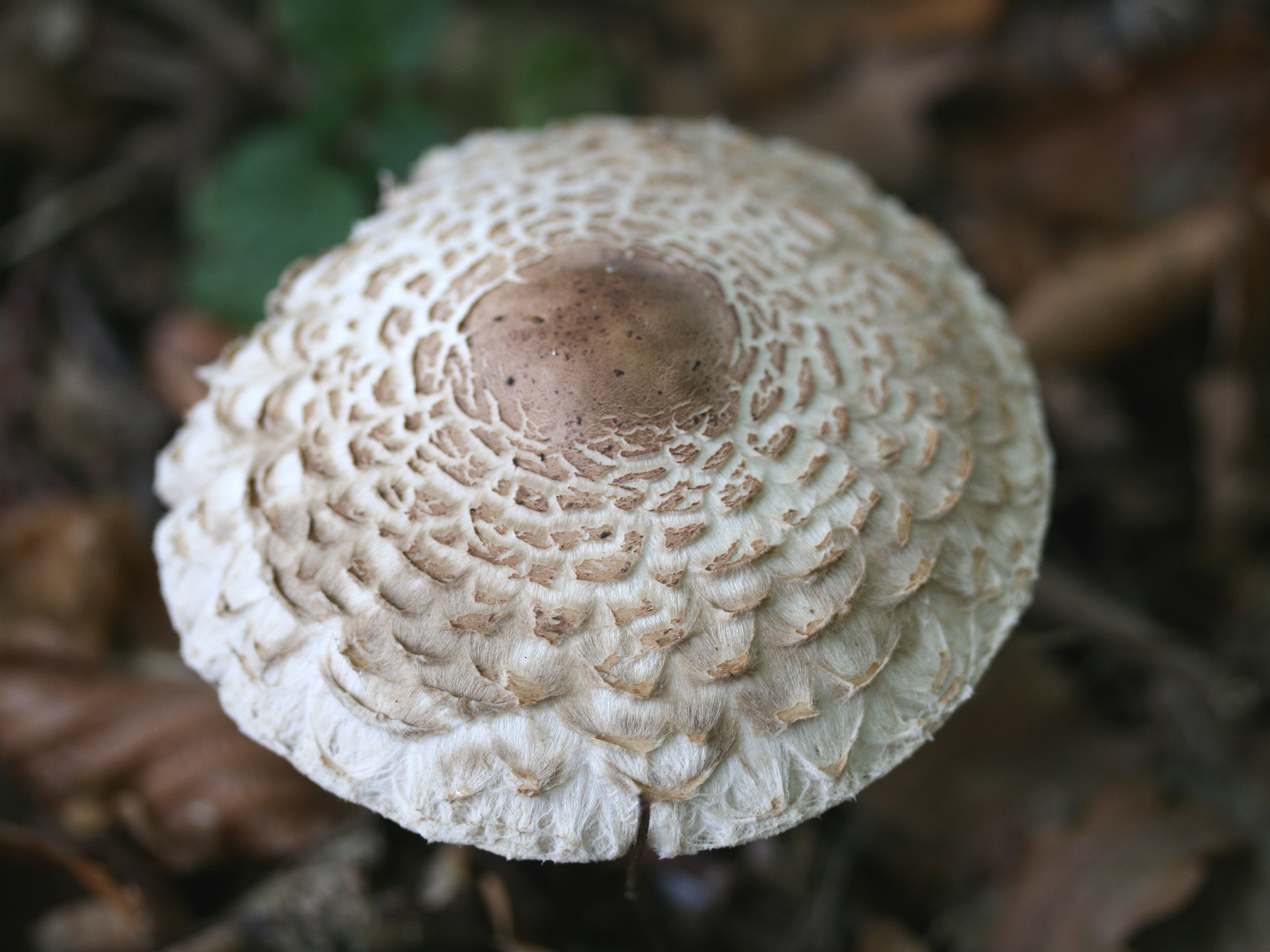|
North Seattle College
North Seattle College (NSC or North Seattle) is a public college in the northwest United States, located in Seattle, Washington. It is one of three colleges comprising the Seattle Colleges District and part of the Washington Community and Technical Colleges system. Founded in 1970, NSC is accredited by the Northwest Commission on Colleges and Universities, and offers associate degrees, bachelor's degrees, university transfer, and certificate programs, as well as continuing education and college preparation programs. In March 2014, the board of trustees of the Seattle Community Colleges District voted unanimously to change the name of the district to "Seattle Colleges" and North Seattle Community College became ''North Seattle College''. Academics NSC programs include academic degrees, college prep and transfer, cross-disciplinary, continuing and senior adult education programs. NSC is also home to the Watch Technology Institute, the only two-year program in the art of Sw ... [...More Info...] [...Related Items...] OR: [Wikipedia] [Google] [Baidu] |
Public College
A public university or public college is a university or college that is in owned by the state or receives significant public funds through a national or subnational government, as opposed to a private university. Whether a national university is considered public varies from one country (or region) to another, largely depending on the specific education landscape. Africa Egypt In Egypt, Al-Azhar University was founded in 970 AD as a madrasa; it formally became a public university in 1961 and is one of the oldest institutions of higher education in the world. In the 20th century, Egypt opened many other public universities with government-subsidized tuition fees, including Cairo University in 1908, Alexandria University in 1912, Assiut University in 1928, Ain Shams University in 1957, Helwan University in 1959, Beni-Suef University in 1963, Zagazig University in 1974, Benha University in 1976, and Suez Canal University in 1989. Kenya In Kenya, the Ministry of E ... [...More Info...] [...Related Items...] OR: [Wikipedia] [Google] [Baidu] |
Licton Springs, Seattle
Licton Springs or North College Park is a neighborhood in the informal Northgate district of North Seattle. It is bounded by Interstate 5 to the east, beyond which is Maple Leaf neighborhood and the Northgate Mall; Aurora Avenue N ( SR 99) to the west, beyond which is Greenwood; N 85th Street to the south, beyond which is Green Lake, and N Northgate Way to the north, beyond which is Haller Lake. Licton Springs Licton Springs is both a residential neighborhood and a natural spring at the north end of Licton Springs Park, which has a long history as both a unique recreational spot and a commercial crossroads. The neighborhood, wedged between the busy corridors of Interstate 5 and Aurora Avenue, takes its name from ''líq’tәd'' (''LEEK-teed'') or Licton, the Lushootseed (Whulshootseed) Coast Salish word for the reddish mud of the springs—. The ''Dkhw’Duw’Absh'', People of the Inside and ''Xacuabš'', People of the Large Lake, Lushootseed (Skagit-Nisqually) Coast S ... [...More Info...] [...Related Items...] OR: [Wikipedia] [Google] [Baidu] |
Nootka Rose
''Rosa nutkana'', the Nootka rose, bristly rose, or wild rose is a perennial shrub in the rose family (Rosaceae).NPIN: ''Rosa nutkana'' (Nootka rose) Retrieved 2010-03-27.WTU Herbarium Image Collection Retrieved 2010-03-27. The species name ''nootka'' comes from the of , where the plant was firs ... [...More Info...] [...Related Items...] OR: [Wikipedia] [Google] [Baidu] |
Shaggy Parasol
Shaggy parasol is the common name for three closely related species of mushroom, ''Chlorophyllum rhacodes'' (or ''rachodes''), ''C. olivieri'' and ''C. brunneum'', found in North America, Europe and Southern Africa (the latter species is also found in Australia). Taxonomy ''Chlorophyllum rhacodes'', ''C. olivieri'' and ''C. brunneum'' were formerly known as ''Macrolepiota rhacodes'' or ''Lepiota rhacodes'', but the name was changed on the basis of molecular phylogenetic evidence demonstrating a closer relationship to ''Chlorophyllum molybdites'' than to ''Macrolepiota procera''. The subspecies ''Macrolepiota rhacodes'' var. ''brunneum'' was also elevated to species status as ''Chlorophyllum brunneum''. ''Chlorophyllum olivieri'' is a closely related species that is also eaten as the "Shaggy Parasol". Many reference works spell the epithet "''rachodes''" rather than "''rhacodes''". The spelling "rachodes" was used by Vittadini when he first published the specie ... [...More Info...] [...Related Items...] OR: [Wikipedia] [Google] [Baidu] |
Coprinopsis Lagopus
''Coprinopsis lagopus'' is a species of fungus in the family Psathyrellaceae. Until 2001, the species was known as ''Coprinus lagopus''; advances in the understanding of phylogenetic relationships between the various coprinoid species led to a major reorganization of that genus. It is a delicate and short-lived fungus, the fruit bodies lasting only a few hours before dissolving into a black ink – a process called ''deliquescence''.Buller (1924), p. 302. The vague resemblance of the young fruit body to the paw of a white rabbit has earned this species the common name harefoot mushroom. Description The fruit body size of ''Coprinopsis lagopus'' can vary tremendously. This fungus gives rise to very small fruit bodies (known as dwarf fruit-bodies), some of which are less than one-hundredth the size of the larger ones. In a series of experiments, Arthur Henry Reginald Buller grew spores on horse dung and noted a large range of size variation: the smallest specimen having a stem l ... [...More Info...] [...Related Items...] OR: [Wikipedia] [Google] [Baidu] |
Stropharia Aurantiaca
''Leratiomyces ceres'', commonly known as the Redlead Roundhead, is mushroom which has a bright red to orange cap and dark purple-brown spore deposit. It is usually found growing gregariously on wood chips and is one of the most common and most distinctive mushrooms found in that habitat. It is common on wood chips and lawns in North America, Europe, Australia, New Zealand and elsewhere. The name ''Stropharia aurantiaca'' has been used extensively but incorrectly for this mushroom (together with a number of similar synonyms). Description ''L. ceres'' may be described as follows. * Cap: 2 to 6 cm in diameter, with thin flesh and a bright red to orange top which is convex to plane in age. Has white partial veil remnants when young. The cap surface is usually dry, but can be slightly viscid when moist. * Gills: White to pale grey at first, later darker purple/brown or purplish grey with whitish edges. Attached (adnexed to adnate) and often notched. * Stipe: Whitish, o ... [...More Info...] [...Related Items...] OR: [Wikipedia] [Google] [Baidu] |
Harefoot Mushroom
Harefoot may refer to: *Harold Harefoot Harold I (died 17 March 1040), also known as Harold Harefoot, was King of the English from 1035 to 1040. Harold's nickname "Harefoot" is first recorded as "Harefoh" or "Harefah" in the twelfth century in the history of Ely Abbey, and according ..., King of England from 1035 to 1040 * Harefoot mushroom, ''Coprinopsis lagopus'' {{Disambig ... [...More Info...] [...Related Items...] OR: [Wikipedia] [Google] [Baidu] |
Bellybutton Hedgehog Mushroom (Hydnum Umbilicatum)
The navel (clinically known as the umbilicus, commonly known as the belly button or tummy button) is a protruding, flat, or hollowed area on the abdomen at the attachment site of the umbilical cord. All placental mammals have a navel, although it is generally more conspicuous in humans. Structure The umbilicus is used to visually separate the abdomen into quadrants. The umbilicus is a prominent scar on the abdomen, with its position being relatively consistent among humans. The skin around the waist at the level of the umbilicus is supplied by the tenth thoracic spinal nerve (T10 dermatome). The umbilicus itself typically lies at a vertical level corresponding to the junction between the L3 and L4 vertebrae, with a normal variation among people between the L3 and L5 vertebrae. Parts of the adult navel include the "umbilical cord remnant" or "umbilical tip", which is the often protruding scar left by the detachment of the umbilical cord. This is located in the center of the ... [...More Info...] [...Related Items...] OR: [Wikipedia] [Google] [Baidu] |
Long-toed Salamander
The long-toed salamander (''Ambystoma macrodactylum'') is a mole salamander in the family Ambystomatidae. This species, typically long when mature, is characterized by its mottled black, brown, and yellow pigmentation, and its long outer fourth toe on the hind limbs. Analysis of fossil records, genetics, and biogeography suggest ''A. macrodactylum'' and '' A. laterale'' are descended from a common ancestor that gained access to the western Cordillera with the loss of the mid-continental seaway toward the Paleocene. The distribution of the long-toed salamander is primarily in the Pacific Northwest, with an altitudinal range of up to . It lives in a variety of habitats, including temperate rainforests, coniferous forests, montane riparian zones, sagebrush plains, red fir forests, semiarid sagebrush, cheatgrass plains, and alpine meadows along the rocky shores of mountain lakes. It lives in slow-moving streams, ponds, and lakes during its aquatic breeding phase. The long ... [...More Info...] [...Related Items...] OR: [Wikipedia] [Google] [Baidu] |
Pacific Tree Frog
The Pacific tree frog (''Pseudacris regilla''), also known as the Pacific chorus frog, has a range spanning the Pacific Northwest, from Northern California, Oregon, and Washington to British Columbia in Canada and extreme southern Alaska. They live from sea level to more than 10,000 feet in many types of habitats, reproducing in aquatic settings. They occur in shades of greens or browns and can change colors over periods of hours and weeks. Taxonomy The taxonomy of this frog has a very confusing history. First, the frog was moved from the genus ''Hyla'' to the genus ''Pseudacris'' in 1986, and ''Hyliola'' in 2016 (an elevation of the subgenus which has not been widely accepted). In 2006, Recuero ''et al.'' split the frog into three species based on DNA evidence. Recuero ''et al.'' used incorrect names for two of the three populations, but subsequent authors established that the correct name (i.e., the oldest available name) for the northern component is ''Pseudacris regilla'', ... [...More Info...] [...Related Items...] OR: [Wikipedia] [Google] [Baidu] |
Thornton Creek
Thornton Creek is of urban creeks and tributaries from southeast Shoreline through northeast Seattle to Lake Washington. Its watershed, the largest in Seattle, exhibits relatively dense biodiversity for an urban setting;Brokaw it is home to frogs, newts, ducks, herons, and beavers, in addition to more than 75,000 people. From west of Jackson Park Golf Course in Shoreline,Hodson from Sunny Walter-Pillings PondWalter in Licton Springs–North College Park, and north Northgate Thornton Creek flows through Maple Leaf and Lake City, including the Victory Heights, Meadowbrook, and Matthews Beach neighborhoods, and empties into the lake at Matthews Beach Park. Habitat and stewardship Thornton Creek flows through Meadowbrook Pond, known for its birdwatching and resident beavers. The Thornton creek watershed is land formerly inhabited by the Duwamish tribe. One of the Duwamish's historic longhouse sites was located near the mouth of Thornton Creek at Mathews beach. Early in ... [...More Info...] [...Related Items...] OR: [Wikipedia] [Google] [Baidu] |
King County Metro
King County Metro, officially the King County Metro Transit Department and often shortened to Metro, is the public transit authority of King County, Washington, which includes the city of Seattle. It is the eighth-largest transit bus agency in the United States. In , the system had a ridership of , or about per weekday as of . Metro employs 2,716 full-time and part-time operators and operates 1,540 buses. King County Metro formally began operations on January 1, 1973, but can trace its roots to the Seattle Transit System, founded in 1939, and Overlake Transit Service, a private operator founded in 1927 to serve the Eastside. Metro is also contracted to operate and maintain Sound Transit's Central Link light rail line and eight of the agency's Sound Transit Express bus routes along with the Seattle Streetcar lines owned by the City of Seattle. Metro's services include electric trolleybuses in Seattle, RapidRide enhanced buses on six lines, commuter routes along the regional fre ... [...More Info...] [...Related Items...] OR: [Wikipedia] [Google] [Baidu] |
.jpg)





